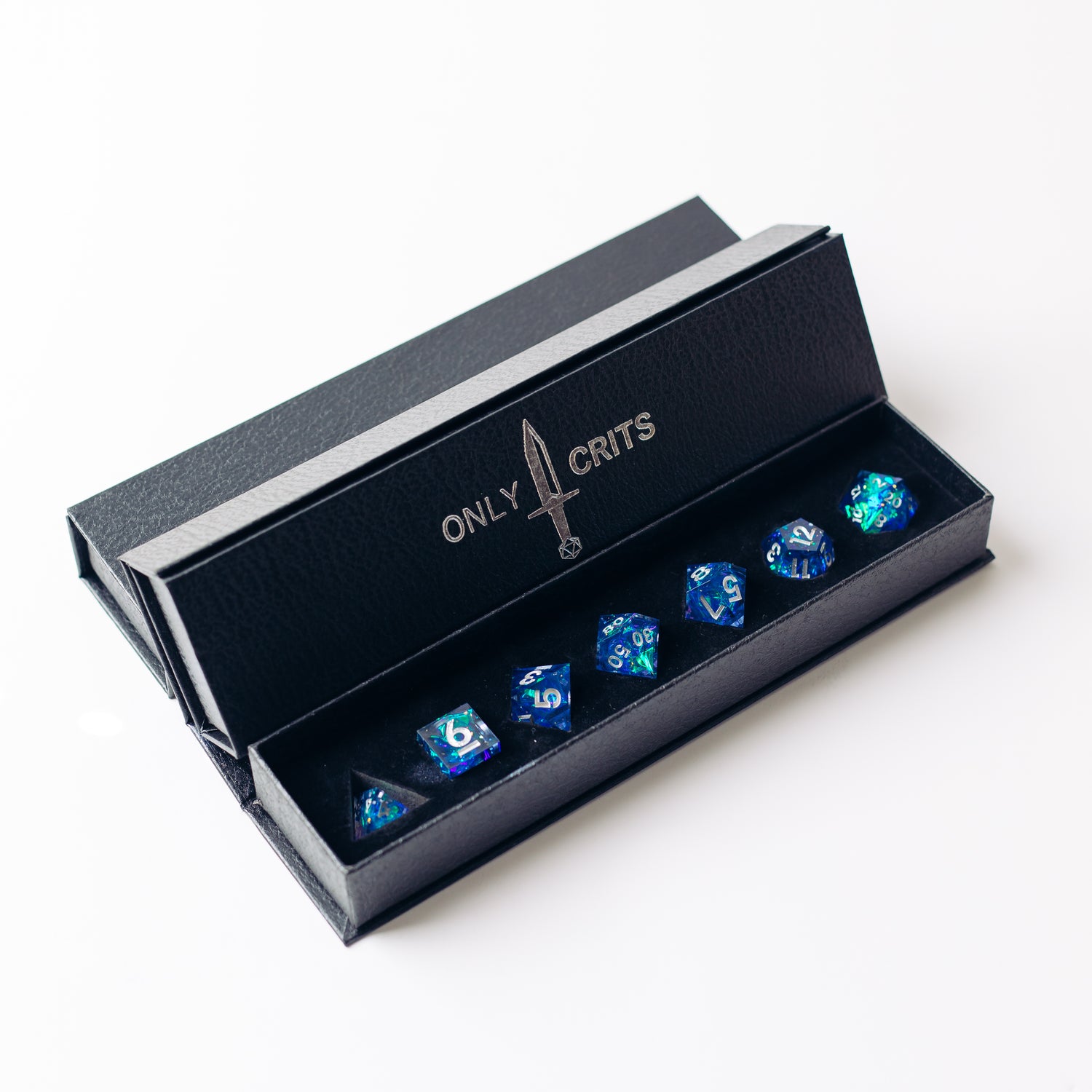Creating a homebrew D&D adventure is an exciting endeavor that allows Dungeon Masters to unleash their creativity and craft a unique experience for their players. However, it’s not just about throwing together a plot and some encounters. To ensure your adventure keeps your players engaged, you need to focus on several key elements. In this guide, we'll explore how to tell a unique story, tailor the adventure to your players, customize monsters, and make the game as fun as possible.
Telling a Unique Story
1. Original Plot and Setting
The heart of any great D&D adventure is its story. Start with a compelling plot that hooks your players from the get-go. It doesn't need to be complicated, but it should be specific and personal. Whether it’s a mystery that needs solving, a kingdom on the brink of war, or a cursed artifact that must be destroyed, your story should be related to the world and your players' characters.
Here's a helpful storytelling diagram that explains the Hero's Journey, and might help set guideposts for your adventure.

2. Rich World-Building
Create a world that feels alive. The key to making this happen isn't in laying out every detail, it's in cohesion and variety. D&D worlds are huge, diverse places, and the more there is to learn and explore the more interested your players will be. Make sure to describe the sights, sounds, and smells that come with your creation, these are the senses that will ground all the characters in what's around them. A richly diverse world helps immerse players in the adventure.
3. Dynamic Characters
Develop NPCs with distinct personalities, motivations, and backgrounds. You don't need a lot of NPCs with this much detail, but have the important ones, like your main villain and your party mentor, be fully developed people. These characters should feel like real individuals with their own goals and quirks. Fully fleshed out D&D NPCs can drive the story forward and make interactions more engaging.
Resource: For inspiration and tools, check out D&D Beyond.
Fitting the Adventure to the Players
1. Know Your Players
Understanding your players' interests, backgrounds, and playstyles is crucial. Always hold some form of Session 0 to get everyone on the same page, be aware of what your players like to do and what they zone out for. Tailor the D&D adventure to include these elements they enjoy, whether it's combat, puzzles, role-playing, or exploration. As long as you're doing what your players love, you really can't go wrong.
2. Personal Quests and Backstories
Integrate players' backstories into the main plot. Personal quests can make players feel more connected to the story and give them a sense of agency. This can be a little tricky because it generally means putting a player in the spotlight for a little bit, but the satisfaction they'll get when they tie something from their backstory to an event you play out is palpable. Just make sure you don't devote too much time to one player, and that everyone gets their chance for a little personalization.
3. Flexible Plotlines
While having a structured story is important, be flexible. Players often take unexpected actions. Being able to adapt your plot to their decisions can keep the game flowing and prevent frustration. The key is to work towards a single, memorable, preplanned instance (like a big boss fight), and then the path there doesn't really matter so much.
Customizing Monsters
1. Unique Abilities and Traits
Customizing monsters can add a fresh challenge to encounters. The fastest and most balanced way of creating custom monsters is by modify existing creatures by giving them unique abilities or weaknesses that fit your story. Just be aware that some abilities and weaknesses can be stronger than they seem, so as a general rule of thumb give one of each, or adjust the monster's HP up or down based on what new abilities or weaknesses you're giving them.
2. Thematic Monsters
Ensure the monsters fit the theme and setting of your adventure. An underwater campaign might feature aquatic creatures, while a desert adventure could include sand-based monsters. There are limited creatures for each biome, and even fewer for more specific scenarios that you might want to run, don't fret, all you need to do is take the stat block for a monster with the right CR and abilities that sound appropriate and "re-skin" them to fit your needs. All that means is describing what they look like to fit the scenario, maybe adjust damage types, but leaving everything else the same.
Like this:

3. Balanced Encounters
Adjust the difficulty of encounters to match the party's level and composition. Balanced encounters are challenging but fair, making for a more enjoyable experience. This is by far the hardest part of DMing, because your players will often not behave logically, and with one or two critical hits or misses combat can shift drastically. Just do your best, be sure to do a little prep ahead of time, and be prepared to think on your feet and life will be grand.
Resource: Use tools like Roll20 or 5thSRD to create and manage custom encounters.
Making It Fun
1. Varied Gameplay
Mix up the types of challenges your players face. Combine combat, puzzles, social interactions, and exploration to keep things interesting. Be sure you're not peppering in too much of something that your players don't engage with, but ariety prevents the game from becoming monotonous.
2. Reward Creativity
Encourage players to think outside the box and reward creative solutions. This not only makes the game more enjoyable but also fosters a sense of accomplishment. It's something that can be hard to do, especially if players aren't used to creative thinking, but if you're sure to reward it when they try, then they'll keep trying.
A good way to encourage outside the box thinking is by setting up challenges without a single solution, like a balcony they have to way to climb up, and then let them figure out a way to overcome it.
3. Maintain a Good Pace
Keep the game moving at a steady pace. Avoid long stretches of doing the same thing, as these can lead to player disengagement. For instance if combat has devolved into simple attacks and damage additions it can be a slog, so add an objective to spice things up, or have the enemies flee to resume the fight at a later time. Same thing with roleplay, not everyone can pretend to talk to NPCs forever, so throw in a puzzle or a combat unexpectedly if the pace slows down to keep players on their toes. Be mindful of the group's energy levels and adjust accordingly.
4. Inclusive Atmosphere
Ensure all players feel included and valued. Address any issues of exclusion or discomfort promptly. This is vital. An uncomfortable player is a player that's not having fun, and that's the only way you can lose at playing D&D. A positive group dynamic is key to a fun game. Session 0s and Player Consent Checklists can help immensely in making sure nobody is uncomfortable at your table.
Resource: For tips on maintaining an engaging campaign, visit Hipsters and Dragons.
Conclusion
Crafting a homebrew D&D adventure involves a balance of storytelling, customization, and player engagement. By focusing on telling a unique story, fitting the adventure to your players, customizing monsters, and ensuring everyone has fun, you can create a memorable and thrilling campaign. Remember, the ultimate goal is to have fun and create lasting memories with your group. Happy adventuring!
And most importantly...
The biggest part of a perfect D&D adventure is a cool set of D&D dice! From sharp edged dice sets to little friends sets to stone dice sets, the dice maketh the adventure, or so they say ("they" being us here at Only Crits). Check out a cool D&D dice set today!





